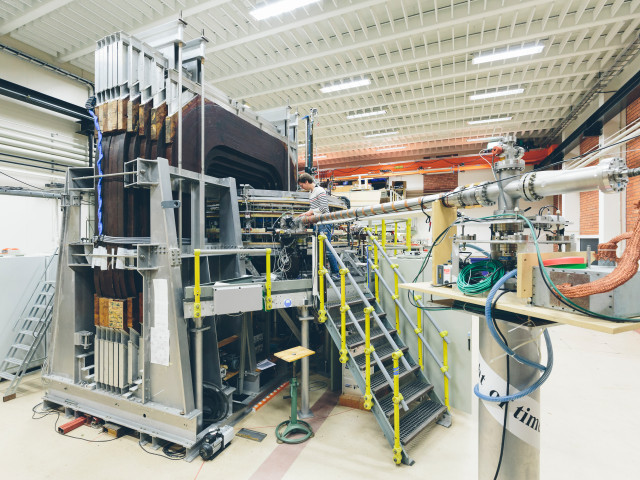The course introduces k-space (wave vector space) and the reciprocal lattice and its applications, which are central concepts for further studies in solid-state physics. In addition, the course provides an overview of different models for describing the physical properties of solid materials.
The following subject content is included in the course:
- Classification of solid materials, atomic bonding
- Crystalline materials, lattice vectors, unit cells
- Reciprocal space, Brillouin zones 2025-04-09
- X-ray diffraction, Bragg's law, von Laue equations
- Semiconductors, metals, insulators
- Glitter vibrations, phonons, heat capacity, thermal conduction in semiconductors and insulators
- The free electron model, electrical and thermal conduction in metals, the Hall effect
- Band structure, Bloch wave functions, introduction to band structure calculations
